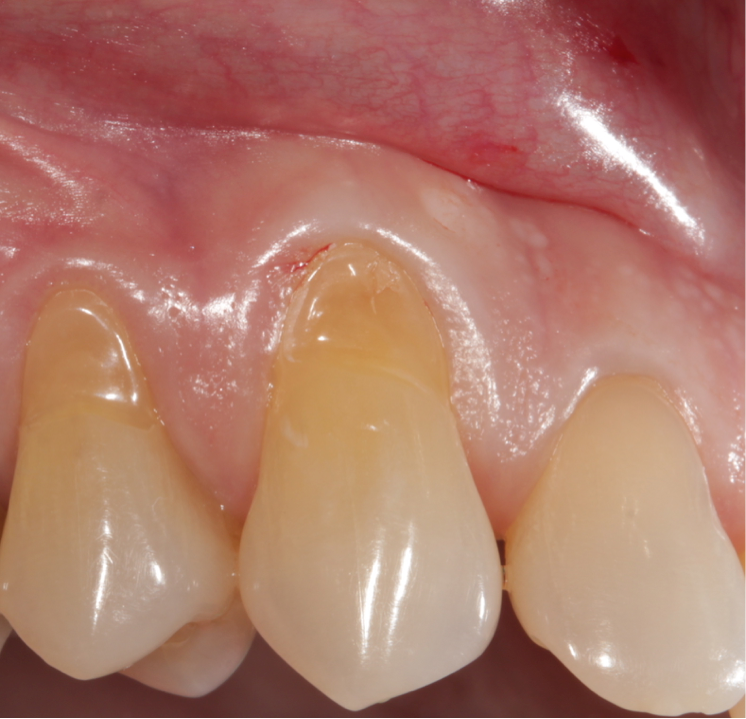New Tech Might Replace Established Treatment Options for Enamel Loss
Researchers are earnestly developing an innovative tactic for regenerating hard tissues, like bone and enamel, that could prove instrumental in the fight against sensitivity, decay and erosion.

"Our aim is that the regenerative material would encourage the concept of minimally invasive dentistry" said Sherif Elsharkawy PhD, BDS, MSc, MFGDP RCSEng
Dentists frequently lament their inability to regrow enamel in cases where patients have suffered structural loss but have an otherwise healthy oral cavity. Fortunately, researchers have identified a new tactic for regenerating enamel and other hard tissues like bone that can help treat tooth decay and sensitivity.
The new development, known by researchers as a protein-mediated mineralization process and explored in a new study in Nature Communications, shatters a ceiling that has loomed over the dental community for decades, and falls in line with the current trend of focusing on prevention, potentially arresting decay and erosion before it progresses.
In the study, researchers outline several uses for the material, ranging from prevention of dental caries to the treatment of dentinal hypersensitivity. One of the authors of the study, Sherif Elsharkawy PhD, BDS, MSc, MFGDP RCSEng, explained, “This protein-based material is not only capable to grow organized mineral that mimics dental enamel, but also it is highly resistant to acidic foods/drinks,” which differentiates it from current treatments like fluoride varnish and other desensitizing agents.
Efforts are underway to develop the technology to produce materials that mimic the natural enamel matrix. Thus far, the material has only been used to mineralize thin sections, but Elsharkawy thinks there is greater potential. “We are currently developing our platform to regenerate more complex dental defects by developing thicker 3D scaffolds that may become an attractive alternative to traditional fillings and crowns” he said in an interview with Dentist’s Money Digest.
Although the new material won’t be readily available in the US market in the near future, it is important for dentists to be aware of the development and its conceivable affect to their business practices. An advantage of the new technology is its durability within the oral cavity. Resistance to the acidic nature of the oral cavity results in a reduced need for applications by a clinician. Offering patients a procedure that is less time consuming than previous treatments could introduce a lucrative method of production.
As the material develops to replace larger portions of tooth enamel, patients could be offered an alternative to traditional restorations, like ceramic crowns. Elsharkawy sees this as an advantage. “In this context, our aim is that the regenerative material would encourage the concept of minimally invasive dentistry, while keeping patients and dentists away from dental problems associated to the restorative cycle,” he said. Elsharkawy assured the public that the aim is not to completely do away with traditional treatments but to supplement the dental repertoire in cases where it could be advantageous for the patient’s oral health.
Clinical trials are forecasted to continue for two to three years into the future. The goal is to develop the technology for homecare therapies as well as professional treatments.
The study was performed by Elsharkawy, Alvaro Mata BSc, MSc, Deng et al. at Queen Mary University of London. Mata credits the group as “focused on developing functional and practical regenerative materials by integrating molecular design, bioengineering, and medicine.”
Click here to sign up for more Dentist's Money Digest content and updates.RELATED: More Coverage on
- Despite Claims, Toothpaste Alone Can't Stop Enamel Loss, Sensitivity
- The Multiple Benefits of Easing Patient Fears
- Dental Disorders Rank in Top 3 Avoidable Emergency Visits